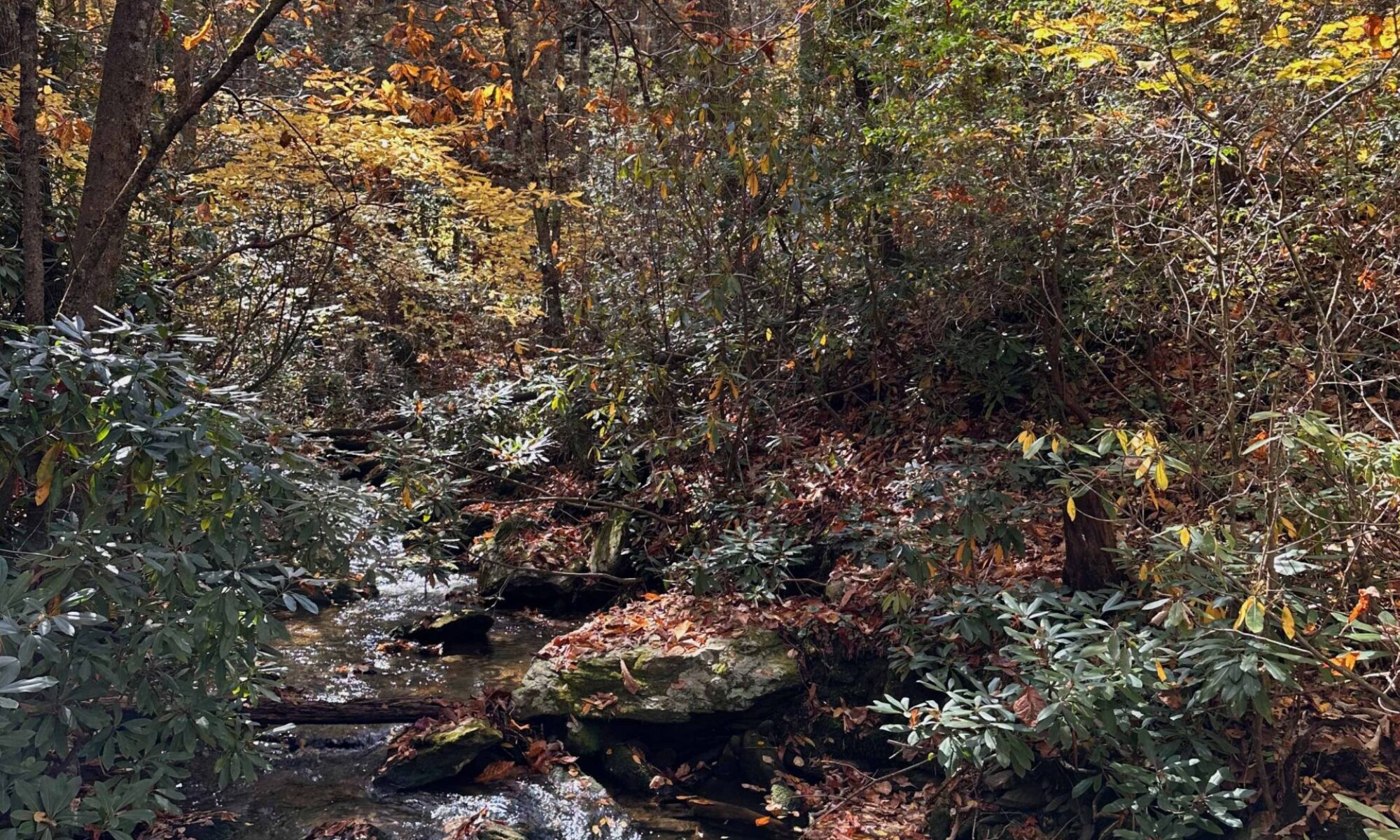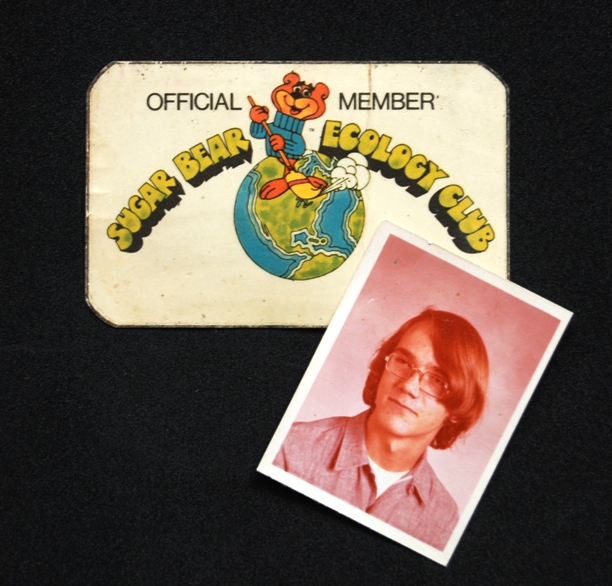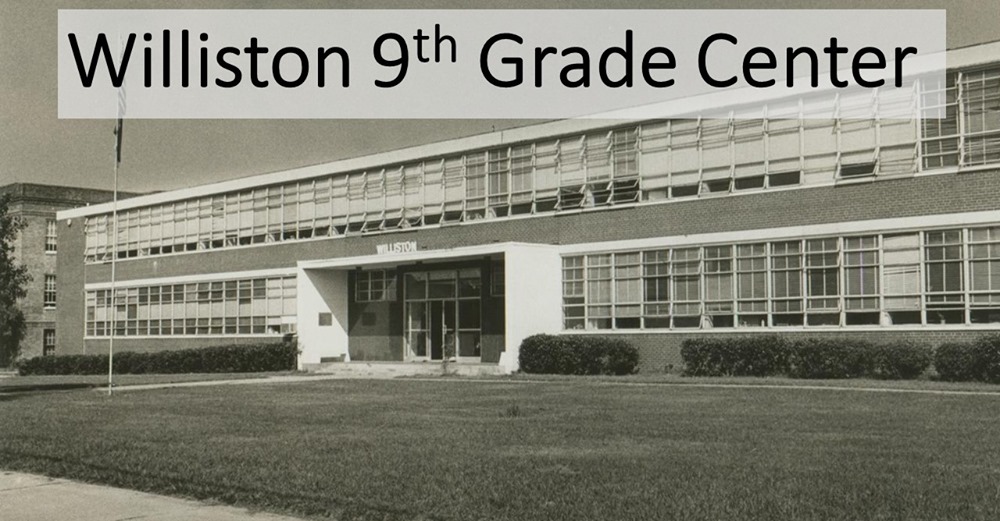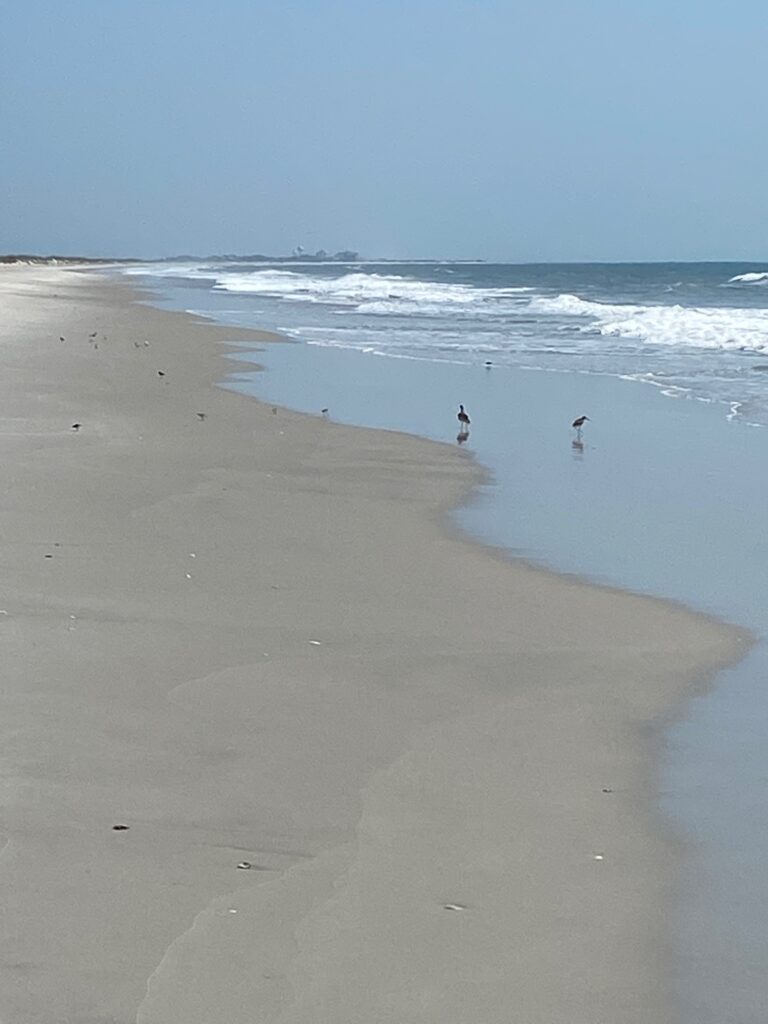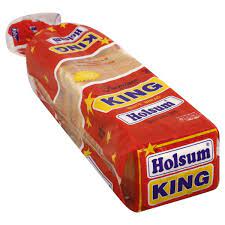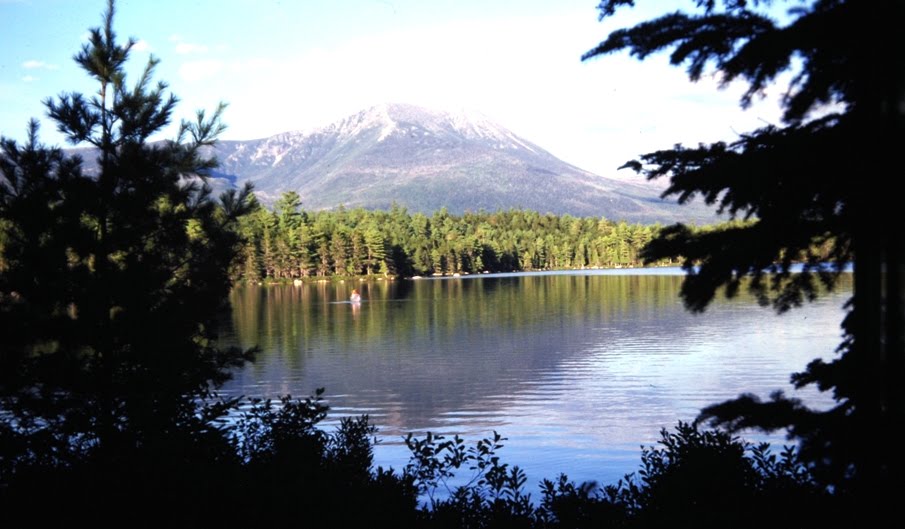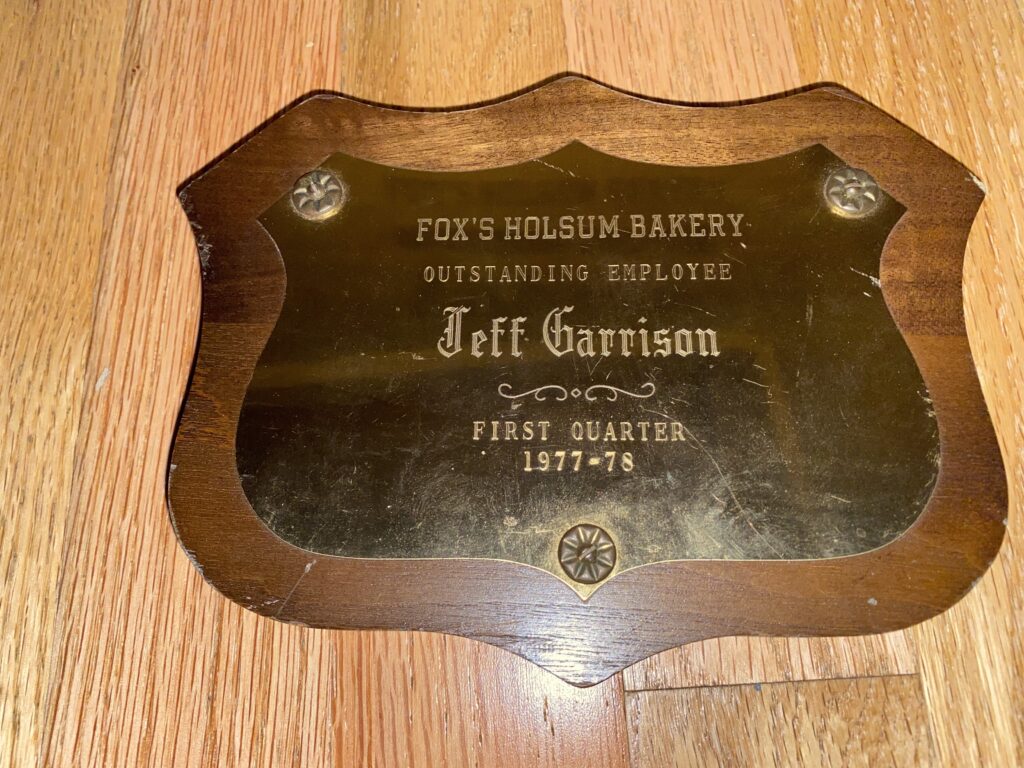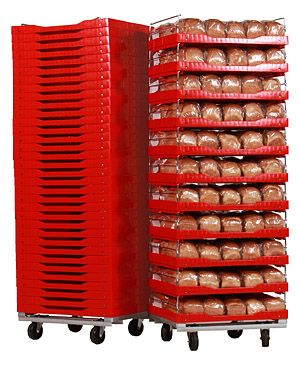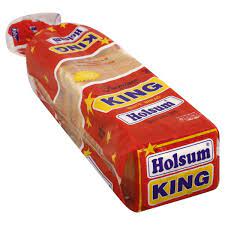
I have already told you about becoming the oven operator about a year after starting in the bakery. It was a good move. The position was at the top of the hourly pay scale, and I had almost a quarter of the plant to myself. I monitored the proof box, oven, depanner, and cooler. The oven, cooler and proofer were each the size of a house, the oven could hold nearly 1500 loaves while the proofer and cooler could hold over 4000 loaves at one time. This whole complex was automatic with lots of lights and bells to indicate something was wrong. I mostly walked around, making sure the electric eyes were working, checking the temperature in the various zones of the oven, the humidity in the proof box, and the temperature of the bread coming out of the cooler. If everything ran well, it was the best job in the plant. I could keep an eye on things while I reviewed formulas for chemistry or dates and names for a history class. But when things didn’t go well, it was a headache.
Thunderstorm havoc
One Sunday afternoon (we baked on Sunday for Monday sales), a thunderstorm seemed to sit on top of the plant. The lightning popped close, and each strike caused us to momentarily lose power. Since electricity ignited the oven burners, any loss of power automatically shut the gas off. When that happened, I went to work. The oven had around 50 burners. A manual knob had to be turned off for each burner. Then the dampers were opened so the oven could be purged with air. Then you could relight the oven safely. This was a safety feature to reduce the risk of explosion. Once the gas was back on, I’d light the burners, close the dampers, and continue.
Having this happen once wasn’t a problem. Working fast, I could shut the oven down and re-ignited in about five minutes. Even having to go through the cycle twice in a row wasn’t too bad as I could slow the oven down and allow bread to bake longer to compensate for the loss of heat. But this day, we had several storms and they seemed to sit on top of us. I’d barely get the oven back baking before we’d lost power for a few seconds. Then I’d have to start over.
Soon, the temperature in the oven was down 50, then 100, then 150 degrees. With an internal temperature of barely 200 degrees, there was no way I could slow the speed down enough to bake the bread. Slowing it too much caused the dough in the proofer to rise too high. Half baked bread had to be tossed. The mechanic on duty finally called his supervisor, the plant engineer, who told him how to rewire the panel, jumping over the safety switch. He did this and I was finally able to keep the oven going long enough to get the heat back up. However, the thought of a bypassed safety was scary. I’d heard of ovens that had exploded. But we had to do something had to be done if we were going to get back into production.
Crippling the most bread in the plant’s history
We lost a couple thousand loaves of bread with the thunderstorms, but it wasn’t anything compared to an incident that also occurred on a Sunday afternoon a few years later. At this point in my bakery career, I was a new supervisor. Things had been humming along as we were making the pound and a half squared off white bread, the type that has no taste but was so popular back in the late 70s and early 80s. We’d often make 45,000 loaves of this bread a day. John, my oven operator called over the intercom this Sunday Afternoon to say that something was wrong. The dough rose nicely in the proof book. But when the pans came onto the conveyor between the proofer and the oven, where lids were placed on the pans, the dough suddenly dropped. Yep, we had a problem.
The white spongy squared-off bread wasn’t mixed in a traditional manner. A machine called a dough-maker created this bread. This machine mixed the dough at high pressure and speed in just a few minutes. Traditional mixers had cooling jackets and the dough mixed slowly at cool temperatures). This machine not only mixed, but also cut the dough into shapes and dropped it into pans. It was fed automatically with flour, corn syrup, shortening and a brew that smelled like bad beer. The brew contained a bit of flour, the fermented yeast, salt and all kinds of additives and each batch. Large stainless-steel tanks mixed the brew. Each tank made enough to make approximately 3000 loaves of bread. That meant if we had a bad brew, I had at least 3000 loaves of bad bread in the proof box, about forty minutes of production. It was a frightening thought. I went back to the mixing area and with my mixing operator we checked everything repeatedly. I had him checking and recording the dough’s ph. and temperature continuously. We checked the temperature of the brews. Everything seemed fine. I assumed something had been left out of the brew.
As this “fallen bread” started to come out of the oven, I had to pull some employees from the wrapping department to dump the pans of bread because it was too small for the depanner to pull out of the pan. Soon, back beside the cooler, there was a large pile of hot bread on the floor. Our production goal was to keep cripples under half a percent a day. There was no way I’d make my goal for the day, I probably wouldn’t make my goal for the week and maybe not for the year. When it got time for the next batch to start coming out of the proofer, I was hopefully that the problem would be over. It wasn’t; the bread continued to fall. I then had my mixing operator to shut down, dump the brews and to start over with fresh ingredients. I watched carefully. I made sure everything was measured just right. It put a large gap in production, but we had to find the problem. By this point, we already had a few thousand loaves of bread on the floor, and with another 6000 in the system, I was about to panic.
I called the plant manager, who called the general manager and the maintenance supervisor, and they all came in. Soon, even the owners were on site. It was a mystery and even with all the top brass, no one knew what the problem might be. Making things even more mysterious, the roll line wasn’t having a problem, it was just the bread. I watched with anticipation as this new batch, made with new brew, made it way through the proofer. The bread rose nicely, but so had the early bread. I was there, along with the plant manager and general manager, when that dough came out of the proof box. But again, once it got between the proofer and oven, it fell.
At this point, the plant manager suggested even more drastic actions. We stopped production and got all new ingredients from a different shipment. This meant that we had to send people to a warehouse to get ingredients that came from different shipments. We also changed the silo we were drawing the flour from just in case something was wrong with the flour.
While we were scurrying around trying to pinpoint the problem, a crisis was building back behind the cooler. Crippled bread piled up. Generally, we packed crippled bread in 55-gallon barrels. The barrels brought in a couple bucks when we sold then to small time hog farmers for feed. The farmers brought back the empty barrels for refilling. Another way to get rid of crippled bread was to bag it without slicing and selling it to a seafood place that made crab cakes. We called the crab company, and they took a thousand loaves. We called our hog farmers and told them that if they could bring trucks, we’d give them all they could carry. We had to get the bread out of the plant. Having that much warm bread sitting around unwrapped could develop into a mold breeding ground. So as the farmers arrived, an employee would use a scoop on a forklift to fill up the back of his truck with bread. We still wasn’t able to rid ourselves of all the crippled bread. The rest was hauled to the landfill the next day.
When the dough once again started to come out of the proofer, everyone lined up by the conveyor to watch it come out of the proofer. When the bread didn’t fall, I let out a deep breath. Finally, we had bread we could sell. However, we still had no idea what caused our problem. We had thrown away nearly 24,000 loaves of bread and had wasted almost a whole shift. Since we were only running two shifts, everyone that day worked a lot of overtime. We even called the next shift in early so that no one had to work 16 hours.
It took a few days to pinpoint the problem. Our answer came from a chemistry lab where we sent samples of the bread and our ingredients. We discovered the enriched salt we used had three times more iron than it should. Enrichment is added back to the dough to replace the good vitamins that are loss as the wheat is milled and bleached into flour. At times, we would dissolve pills and add them to the brew to make up for this enrichment, but since most bakeries use one percent salt to the amount of flour, lots of salt companies started adding enrichment to their product. This was to be more convenient, and I suppose it was, until it wasn.t. The excess iron made the heavily machined bread weak and caused it to fall when it left the moist warm air of the proof box. We got rid of that salt and the supplier had to reimburse us for our losses. Thankfully, I didn’t lose my job. However, I became known as the supervisor who threw away more bread than anyone else in the history of the bakery.
There were perils for working on Sunday.
